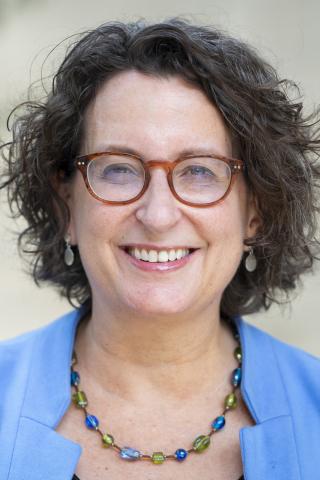UPDATE September 2013: For more recent information on this topic, click here. To consolidate or not to consolidate, that [may be] the question. In the coming weeks, the NC General Assembly could act on legislation that would permit a county … Read more
The post Consolidated Human Services Agencies appeared first on Coates’ Canons NC Local Government Law.
Public Officials - Local and State Government Roles
Topics - Local and State Government



